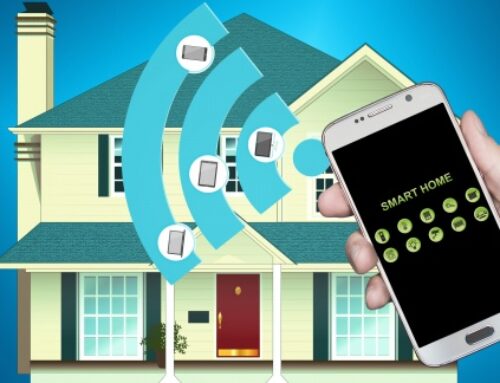Move over traditional home monitoring networks, home monitor streaming is on the rise. We are here to break down the differences and pros and cons of the Ring doorbell and Nest cameras.
Ring Doorbell
The Ring alarm kit is $199 and comes with a base station, keypad, contact sensor for windows and doors, motion detector for inside the home and range extender. Other products in the Ring line include intelligent indoor and outdoor cameras and a video doorbell and chime.
Each additional indoor motion sensor and contact sensors are an extra cost. There is no monthly fee required to use the product, but you can choose a $10 a month fee for Ring Protect Plus 24/7 Professional Monitoring. This includes professional monitoring as well as cellular backup and video recording for your doorbells and cameras.
Battery Back-Up
Even if you experience a power outage, the system will continue to work thanks to cellular connectivity. This feature is included as part of the Protect Plus plan. The battery back-up will last for 24 hours.
Monitor With an App
Download the app and control the home monitoring products remotely. The app will also notify you on your device if the system detects anything out of the ordinary, so you can quickly determine which alarm was triggered and review any video that captured the disturbance.
Integrations
Ring syncs with the Amazon Echo Show, and you can use IFTTT to link it to your other smart technology. However, it’s more labor-intensive to set up, and some users have experienced lag with the commands.
Nest Cameras
The Nest bundle is twice the price to get started at $399. The bundle contains the Nest Guard (the hub), two Nest Detect sensors for windows, doors and rooms and two Nest Tags that provide easy access to the home. Nest also offers two versions of their indoor and outdoor cameras and a video doorbell.
One of the best products offered by Nest that the Ring system does not have is a connected lock. This tamper‑proof, key‑free deadbolt connects to the Nest app, letting you lock and unlock your door remotely. You can also create passcodes for family and guests or give them a Nest Tag programmed to let them in only at certain times of the day. Just like the Ring system, there are no monthly fees unless you would like professional monitoring. You can add monitoring for $19 per month {if you sign up for a three-year contract} or $29 if you’re paying month-to-month.
Battery Back-Up
Similar to the Ring system, if you experience a power outage the system will still work with cellular connectivity. This feature is available from Nest for an additional $5 per month or $50 for the year. Nest’s backup battery will last for 12 hours.
Monitor With an App
Download the Nest app and users can control their home monitoring products remotely. The app will also notify you on your device if the systems detect anything, so you can quickly determine which alarm was triggered and review any video that captured the disturbance.
Integrations
The Nest system is the better choice for full home integrations. It Works with Nest program automatically instructs connected products (such as smart lighting and thermostats) to perform their tasks without you having to tell them what to do. Just look for the Works with Nest logo on other smart home devices and you can turn your home into a smart home.
The Final Takeaway
Both systems are similar, and the choice really comes down to your home and your needs. Do you want a fully automated home whose devices to talk to one another? Then Nest is the easy choice. While more expensive, the system offers excellent connectivity and added products like the connected lock.
If you are looking for a basic system that won’t cost you too much to get started, the Ring may be the answer for you. The system is affordable to get started and the reduced price of sensors and services like professional monitoring make it easy to expand your home monitoring system as your needs grow.
Whichever system you end up choosing, give us a call and we can help you get started.






